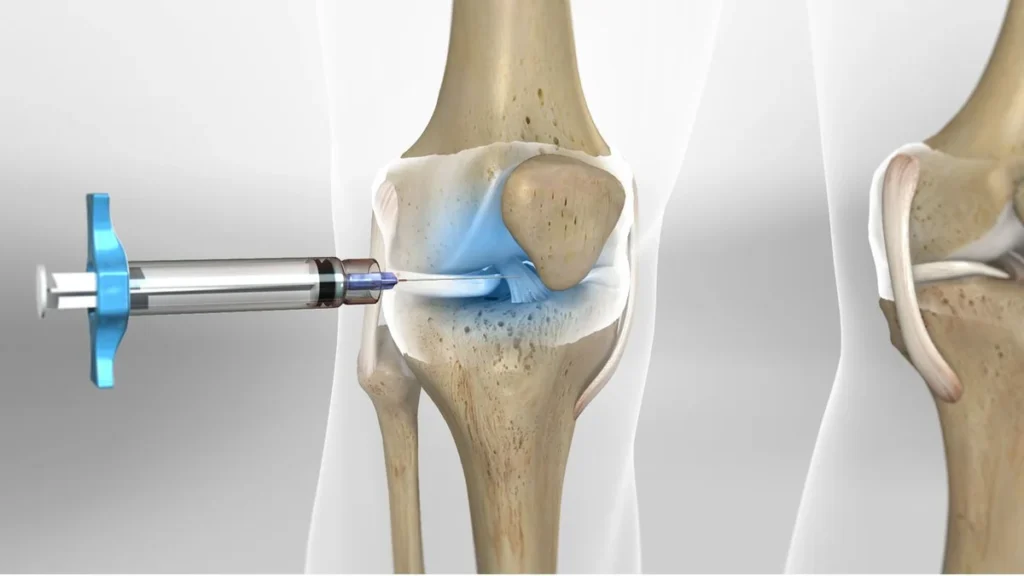Occurrence of Lateral Condyle Fractures
Lateral condyle fractures (external elbow condyle) often occur as a result of falling, especially when a child uses their hand to prevent the fall.

- Occurrence of Lateral Condyle Fractures
- Anatomy of the Humerus Bone
- Symptoms and Signs of Lateral Condyle Fracture
- Diagnosis of the Fracture
- Treatment of Lateral Condyle Fracture of the Elbow
- Periodic Monitoring and Treatment of Lateral Condyle Fractures in Children's Elbows
- Complications of Lateral Condyle Fracture in Children’s Elbows
- Conclusion and Call for Feedback
Anatomy of the Humerus Bone
The humerus bone is spherical at the upper part and divides into three sections at the bottom: the lateral condyle (spherical shape), the medial epicondyle (triangular shape), and the trochlea (pulley shape).
Symptoms and Signs of Lateral Condyle Fracture
The primary sign of a fracture in this area is pain on the external surface of the elbow, which intensifies with pressure on this part. Elbow movement will be painful in this case.
Diagnosis of the Fracture
Simple radiography is used for diagnosing the fracture. Sometimes, to confirm fractures in children, doctors take images of both elbows and look for changes in the images that indicate a fracture.
Treatment of Lateral Condyle Fracture of the Elbow
Treatment Depending on the Condition and Displacement of the Fracture
The treatment of lateral condyle elbow fractures varies depending on the conditions and the extent of displacement of the fracture. This injury is an intra-articular fracture and requires high precision in reduction to prevent malunion and the onset of arthritis.
Treatment without Displacement
If the fracture is without displacement, treatment usually involves immobilizing the elbow with a long arm splint. However, due to the attachment of strong forearm muscles to the fractured piece, displacement may occur in the following days.
Periodic Monitoring and Treatment of Lateral Condyle Fractures in Children’s Elbows
Periodic Monitoring During Treatment with Splint
Throughout the treatment with a splint, the treating doctor performs weekly radiography to identify any potential displacement. This monitoring continues for three weeks.

To make an appointment or get an online consultation with Dr. Nader Motallebi Zadeh, Limb lengthening surgeon, proceed here.
Post-Splint Removal Phase
After approximately 3 to 6 weeks, the splint is removed. At this stage, the elbow joint may become stiff and have limited movement. The patient should be under the care of a physiotherapy specialist to improve the range of motion through specific movements and exercises.
Treatment of Fractures with Displacement
In cases of displacement in the fracture, repositioning and fixing the broken piece through surgery and the use of pins are necessary. The pins are usually removed after six weeks.
Complications of Lateral Condyle Fracture in Children’s Elbows
Non-union of Fracture
One possible complication is the non-union of the fracture. Due to the attachment of strong muscles to the broken piece, there is a possibility of displacement and consequently, non-union. The treatment for this condition is surgical fixation of the broken piece.
Cubitus Valgus
Cubitus valgus, the outward deviation of the forearm, often occurs after non-union of the fracture. This condition occurs when the broken piece does not unite and moves upwards, causing the radius bone to be pulled upwards, leading to cubitus valgus. Severe cases typically require surgery.
Damage to the Growth Plate and Elbow Deformity
Sometimes, the fracture can damage the growth plate near the lateral condyle, causing asymmetric growth and elbow deformity. Treatment of this deformity in severe cases is surgical.
Delayed Ulnar Nerve Palsy
In cases of cubitus valgus due to non-union, the ulnar nerve, which passes through the inner part of the elbow, is stretched. This stretching can lead to nerve paralysis. Treatment for this condition involves reducing the tension on the ulnar nerve by relocating its passage to the front of the elbow.

To make an appointment or get an online consultation with Dr. Nader Motallebi Zadeh, Limb lengthening surgeon, proceed here.
Conclusion and Call for Feedback
Thank you to the esteemed followers of the International Height Increase Center of Iran for reading our article on lateral condyle fractures in children’s elbows. Please share your questions and comments with us.



